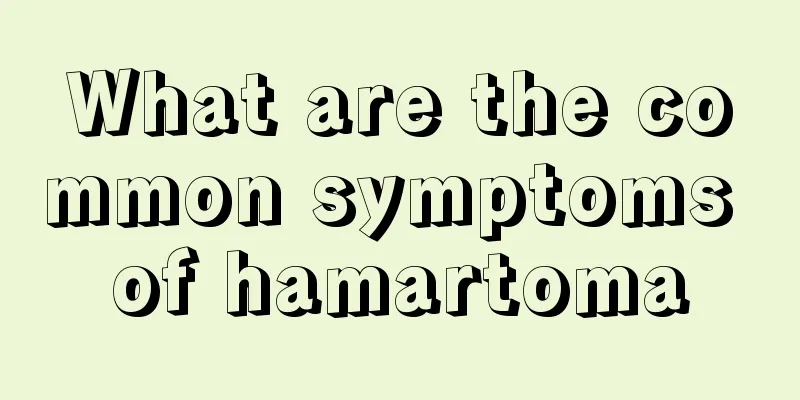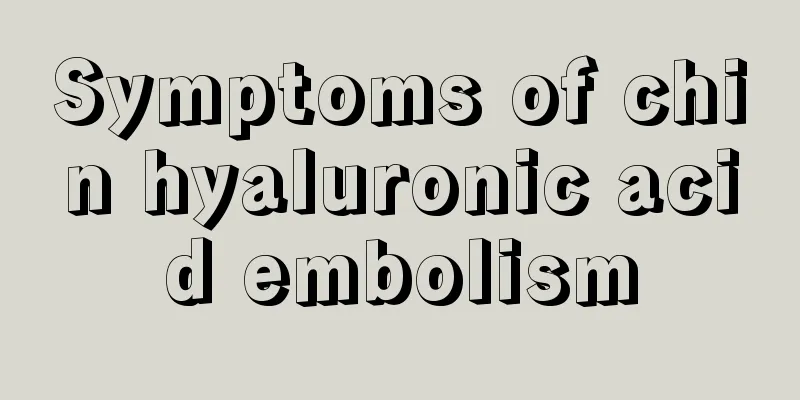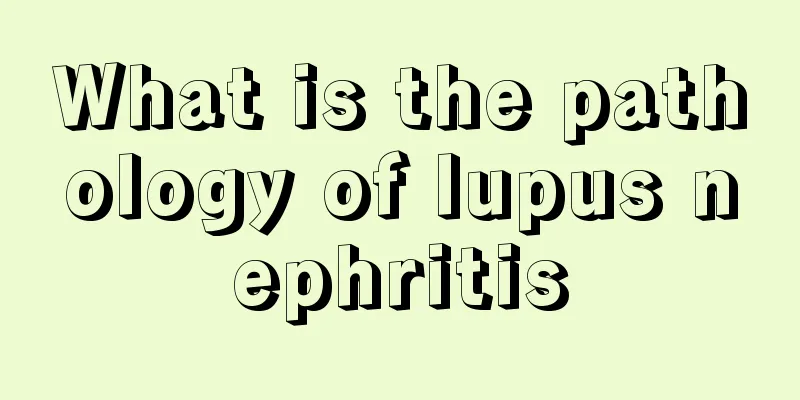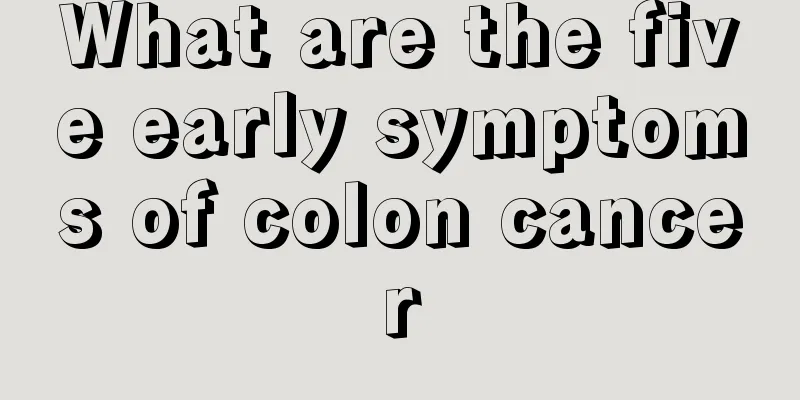Symptoms of vocal cord nodules
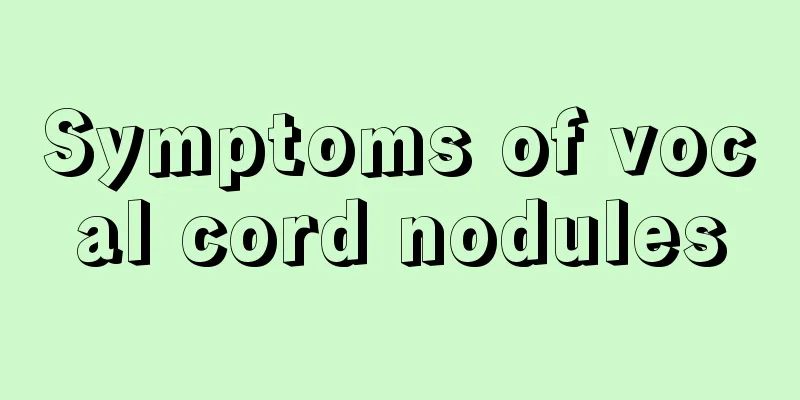
|
Vocal cord nodules are a disease that people may suffer from in the throat. It mainly refers to the lesions in people's vocal cords, which leads to discomfort in people's throat and other parts. Patients with vocal cord nodules should avoid using medications and instead use training and other methods to restore their vocal cords. Patients with vocal cord nodules are generally people who use their voice frequently. So, what are the symptoms of vocal cord nodules? Vocal cord nodules A common benign lesion of the vocal cords that can cause hoarseness. · Often associated with talking for too long or too loudly. The treatment of choice for vocal cord nodules is speech training rather than surgery. symptom What are the symptoms of vocal cord nodules? The earliest and most important symptom of vocal cord nodules is hoarseness. Often, you can speak well in the morning when you just wake up, but as you speak more, the hoarseness will gradually worsen, and will be relieved after rest. In addition, there may be inability to produce high notes, lower vocal range, easy fatigue when speaking, and breathy sounds. The degree of hoarseness is related to the size and position of the vocal cord nodules. The more forward and larger the nodules are, the more severe the hoarseness will be. Can vocal cord nodules become malignant? Vocal cord nodules are benign lesions of the vocal cords and will not cause malignant changes. Causes Who is prone to vocal cord nodules? Vocal cord nodules or polyps are often related to improper or excessive use of the voice, such as speaking for too long or speaking loudly for a long time in a noisy environment, screaming or shouting, etc. Therefore, teachers, sales clerks, singers, hosts, restaurant waiters and other professionals who use their voice are at high risk. In addition, vocal cord nodules are the most common cause of hoarseness in school-age children. Most of these children like to shout or cry loudly, and the incidence rate is higher in boys than in girls. diagnosis What is the difference between vocal cord nodules, vocal cord polyps and vocal cord cysts? How to distinguish them? Vocal cord nodules, vocal cord polyps and vocal cord cysts are the three most common benign vocal cord diseases that cause dysphonia. Their symptoms are basically similar, all of which are mainly characterized by hoarseness. The distinction between the three depends mainly on what the doctor sees with the naked eye under the laryngoscope. There are mainly the following differences: Location: Most of the vocal cord nodules are located in the front and middle 1/3 of the edge of the vocal cords, and are symmetrical on both sides; vocal cord polyps are more common on one side, although the front and middle 1/3 of the edge of the vocal cords is also common, polyps in other locations are also common, and it is rare to have polyps on both sides at the same time; vocal cord cysts basically grow on one side. Morphology: Vocal cord nodules are small gray-white pointed protrusions; vocal cord polyps are translucent, pale, and edematous, and look similar to lychee flesh. The sizes vary greatly among different patients (from a few millimeters to a few centimeters), and the polyps can all have pedicles (similar to the stalk of a watermelon connected to a vine); vocal cord cysts are light yellow, round, plump protrusions, similar to a sphere or hemisphere, with a very smooth surface. Treatment: Speech training is the first choice for vocal cord nodules, while surgery should be performed with caution; for vocal cord polyps, speech therapy can be chosen for small polyps, while larger polyps can be removed surgically; vocal cord cysts often require surgical removal. Recurrence: Vocal cord nodules and vocal cord polyps may recur, but vocal cord cysts are less likely to recur. In general, it is often difficult for patients to determine which of the three vocal cord diseases they have based on symptoms alone. Sometimes doctors cannot accurately determine the cause based on naked eye observation alone, and postoperative pathological tests are required for confirmation. |
<<: Symptoms and manifestations of colic
>>: Symptoms of esophageal erosion
Recommend
What are the treatments for lung cancer? Introducing several main treatments for lung cancer
Early stage lung cancer is the easiest to treat. ...
What to eat to get better quickly from a bad stomach
A bad stomach is a very common and uncomfortable ...
What is the main cause of nasopharyngeal cancer?
Nasopharyngeal cancer is a very common cancer dis...
How much do you know about the treatment of mushroom poisoning
We all know that eating fungal vegetables can imp...
Are cowhide soles or rubber soles better for shoes
Shoes are a necessity in our lives. In the past, ...
How to prevent snake bites
Nowadays, outdoor camping has gradually become po...
What is the bone marrow transplant process like?
Bone marrow transplantation is highly recommended...
Eating more of these fruits is effective in treating asthma and cough!
Asthma and cough are very common diseases in dail...
Summer health care: 10 ways to use heat to prevent heatstroke and cool down
In the hot summer, the human body sweats a lot an...
Will sugar-free milk tea make you fat?
Milk tea is a very popular drink in modern life, ...
Skin stings after applying skin care products
Proper skin care can not only make the skin more ...
How to treat kidney sac swelling
Renal cysts are caused by the compression of kidn...
What are the benefits of eating purple grapes
Grapes are a relatively ancient food and have man...
Do I need to raise my bed when having sex?
If a couple is planning to have a baby, they must...
What are the adverse reactions of vitamin overdose?
Vitamins are a type of trace element that is very...

